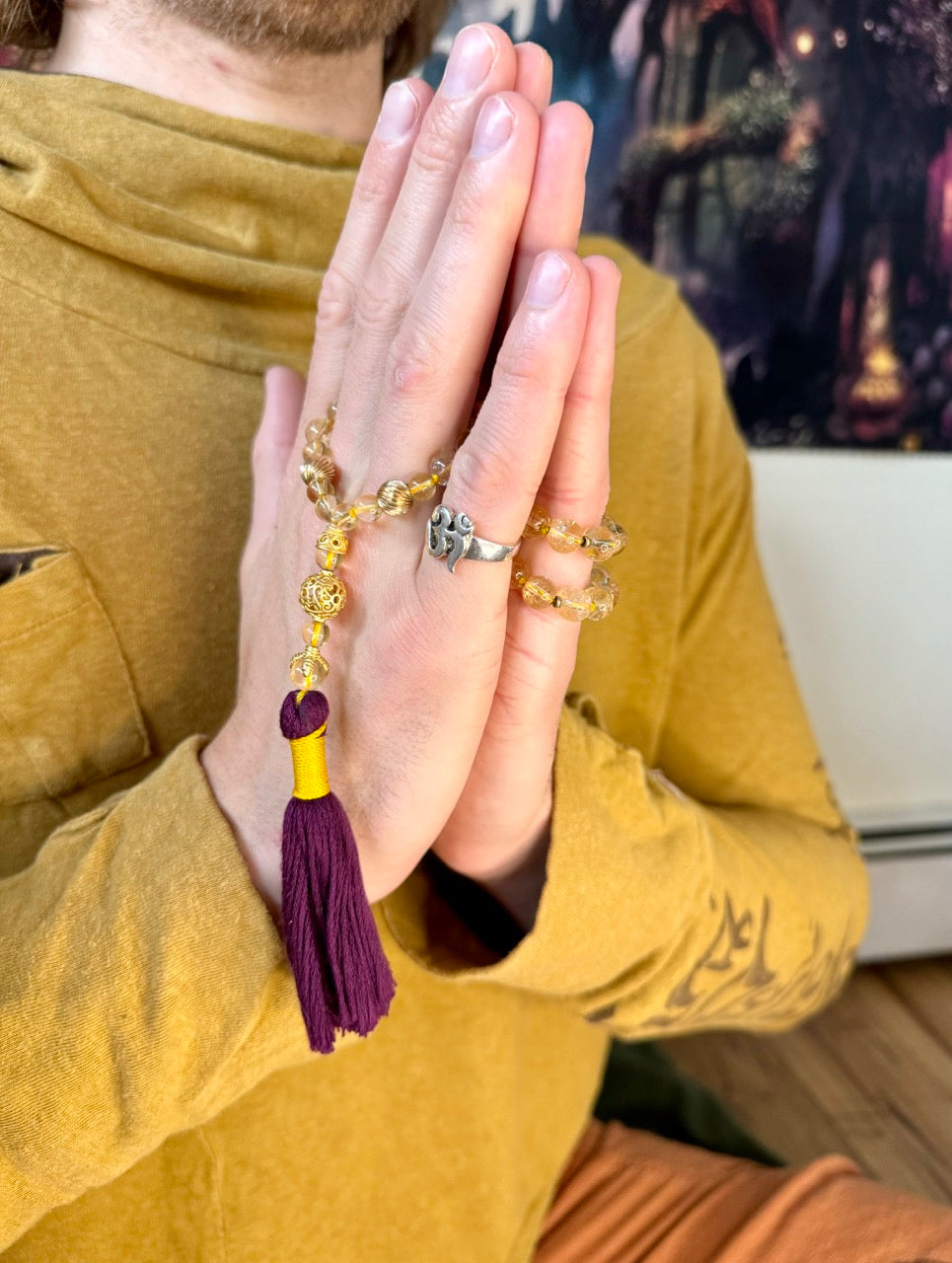Padma (Lotus)
Jack UtermoehlShare
Padma means “lotus” in Sanskrit and symbolizes purity, awakening, and the unfolding of inner potential.
Just as a lotus rises from the mud and blooms untouched on the surface of the water, padma represents the human journey toward spiritual growth—moving through the challenges of life while remaining anchored in inner truth and beauty.
Etymology and Meaning
Sanskrit Spelling: पद्म
Root Word: Derived from “pad,” meaning foot or base, indicating rootedness
Translation Variations: Lotus, sacred flower, symbol of purity
Pronunciation: Padma [PUD-mah]
The lotus is a universal spiritual symbol, and in the yogic tradition, it is especially revered as a representation of rising above worldly attachments and blossoming into higher consciousness.
Symbolism in Yogic Tradition
Lotus in Chakras: Each chakra is symbolized as a lotus with a specific number of petals, representing vibrational qualities
Lotus in Mudras: Padma Mudra opens the heart and reflects purity and compassion
Lotus in Deity Imagery: Deities like Lakshmi and Saraswati are depicted seated or standing on lotus flowers, symbolizing spiritual sovereignty and grace
Jewelry Designed for Your Practice
We created this collection to honor the wisdom and beauty of yoga. Each piece is crafted with intention to support your journey, on and off the mat.
Practical Application
In Yoga Practice
- Padmasana (Lotus Pose) is a seated posture that supports meditation and stability
- Visualize a lotus blooming at the heart or crown during breathwork or dhyana (meditation)
- Use Padma mudra in stillness to invoke beauty, openness, and gentleness
In Daily Life
- Recognize your own growth—especially during times of difficulty
- Stay grounded while allowing yourself to rise in grace
- Remember that transformation often begins in the mud
Quotes and Wisdom
"Just like the lotus, we too can rise from the mud, bloom out of the darkness, and radiate into the world." — Buddha
"No Mud, No Lotus" — Thich Nhat Hanh
Modern Relevance
In modern yoga culture, the lotus is seen everywhere—from art to jewelry to mantra.
Yet its real power lies in what it teaches: to live with integrity and openness, even when life feels heavy or unclear.
It is a reminder that spiritual practice doesn’t bypass difficulty—it transforms it.
Related Concepts
Padmasana: Lotus Pose—a foundational meditative posture
Padma Mudra: A hand gesture symbolizing the lotus of the heart
Sahasrara: The crown chakra, symbolized by a thousand-petaled lotus
How to Work with Padma
Mindset: Embrace your own unfolding; the bloom is within you
Actions: Practice daily rituals that help you rise from heaviness—like meditation, journaling, or prayer
Reflection: Ask, “What is trying to bloom in me right now, even through the mud?”
Suggested Reading
- Light on Yoga by B.K.S. Iyengar
- The Radiance Sutras by Lorin Roche
- Awakening Shakti by Sally Kempton
Conclusion
Padma is not just a flower—it is a path.
A symbol of your journey through the messiness of life into clarity, grace, and truth.
Like the lotus, your essence is always unstained. Let yourself rise.







